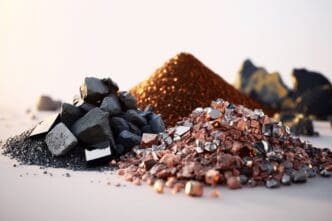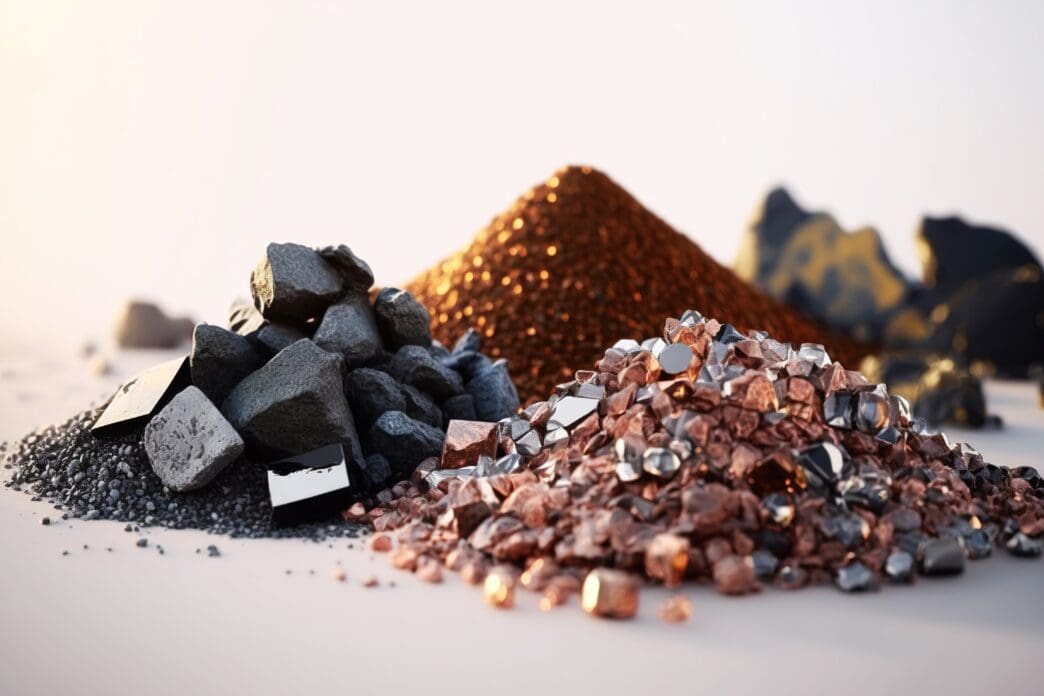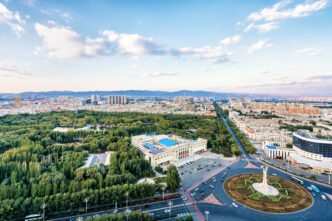Executive Summary
The Story So Far
Why This Matters
Who Thinks What?
China has significantly escalated its control over rare earth exports, a move poised to impact global industries reliant on these critical materials, particularly for electric vehicles and electronics. Beijing announced an expansion of export curbs on October 9, citing national security concerns and the military applications of advanced components, further tightening its grip on a supply chain already unsettled by previous trade tensions.
China’s New Export Regulations
Under the newly implemented rules, Chinese exporters are now required to obtain official licensing for shipping technologies and equipment involved in various stages of rare earth production. This includes mining, smelting, separation, magnet manufacturing, recycling, and even the maintenance or upgrades of rare earth production lines.
The restrictions also extend to international collaborations. Chinese firms and their foreign partners must now seek approval for engaging in rare earth-related projects outside of China. This marks a continuation of Beijing’s strategy, which began with initial export licensing and restrictions on certain minerals in July 2023, progressively broadening the scope of controlled items.
Impact on India and Global Supply Chains
India is particularly affected by these new curbs, as China has demanded assurances through end-user certificates that heavy rare earth magnets supplied to India will not be diverted to the United States or for weapons manufacturing. While Indian firms have submitted these certificates, New Delhi has not formally accepted all of China’s conditions.
China’s dominance in rare earth magnet production, estimated at over 90% globally, coupled with its reluctance to publicly share export data, significantly enhances its leverage. Rare earth elements are crucial for high-performance motors, wind turbines, sophisticated electronics, semiconductors, precision instruments, defense systems, and electric vehicles.
Despite earlier diplomatic overtures that appeared to ease tensions, China has continued to withhold approvals for magnet export applications from Indian firms, especially for heavy rare earth magnets. Although Beijing lifted curbs on a select list of items, including rare earth magnets for India, in August, analysts view this as a tactical reprieve rather than a structural change, demonstrating China’s use of access as a strategic tool.
Indian Industry Challenges and Responses
China’s export restrictions have already created supply bottlenecks across several Indian sectors. Electric vehicle manufacturers face delays and shortages of rare earth magnets, leading to government consultations and a search for alternative sources. Some automakers are exploring design changes, such as shifting to motors using lighter rare earths or magnet-free designs.
The electronics industry is experiencing production delays due to magnet and component shortages. An analysis by the State Bank of India indicates potential ripple effects across industries like transport equipment, machinery, basic metals, and electricals/electronics, warning of slower production cycles, idle capacity, and increased financial stress for the banking sector.
India’s Search for Solutions
India is actively seeking rare earth supplies beyond China, with Commerce Minister Piyush Goyal confirming engagements with global partners and processing alliances. The Mines Ministry has signed agreements with nations including Australia, Argentina, and Zambia, and international organizations like the IEA, to secure critical mineral supplies.
Efforts are also underway to develop alternative technologies. An Indian firm, Sterling Gtake E-Mobility, is fast-tracking tests on magnet-free EV motors, with potential commercial rollout within a year. The Indian government is engaging China through commercial and diplomatic channels, pushing for predictable exports, consistent practices, and access assurances.
Strategic Implications
While the recent easing of magnet curbs offers some temporary relief, analysts and industry veterans caution that this is tactical, underscoring India’s continued vulnerability. China’s latest tightening reflects a more assertive use of export controls as a strategic instrument, with broader scope and more rigorous enforcement than previous measures.
To mitigate this vulnerability, India is advised to build domestic capabilities in rare earth processing and magnet manufacturing, strengthen partnerships with non-Chinese sources, accelerate research into alternate technologies, and align industrial policies with these strategic objectives.








